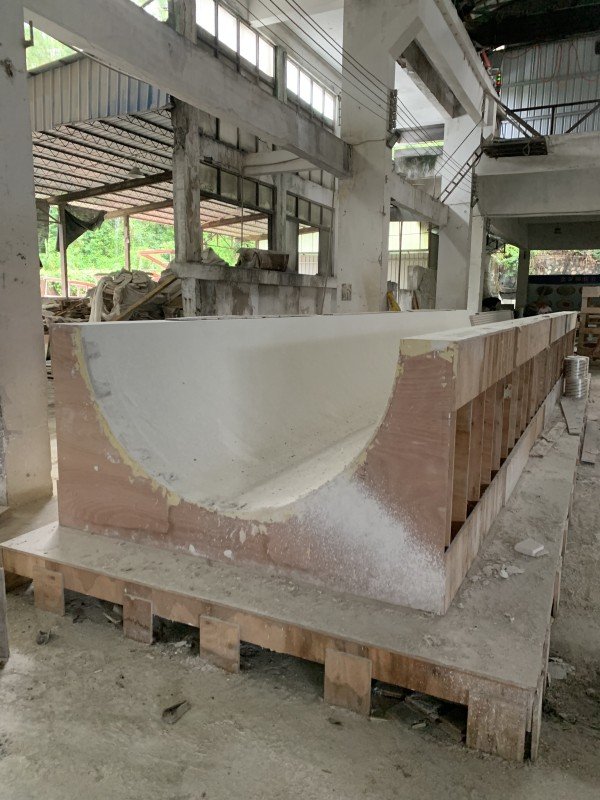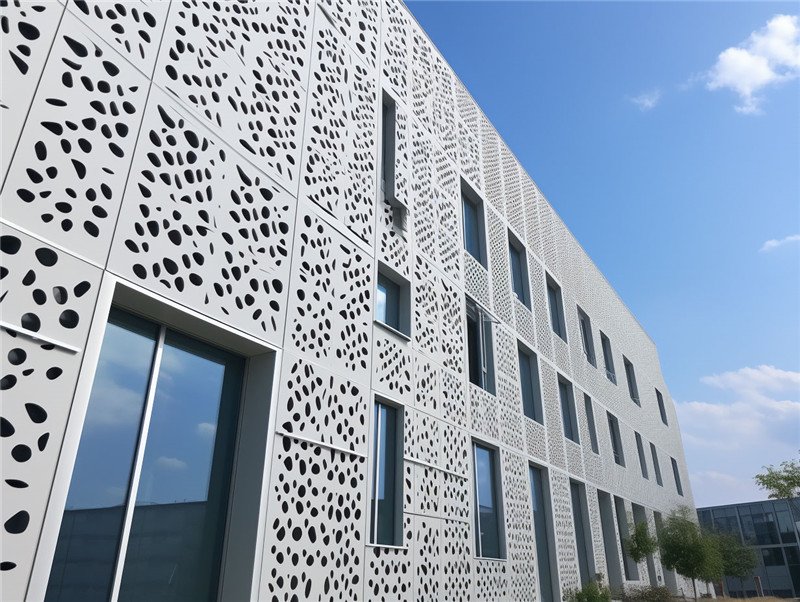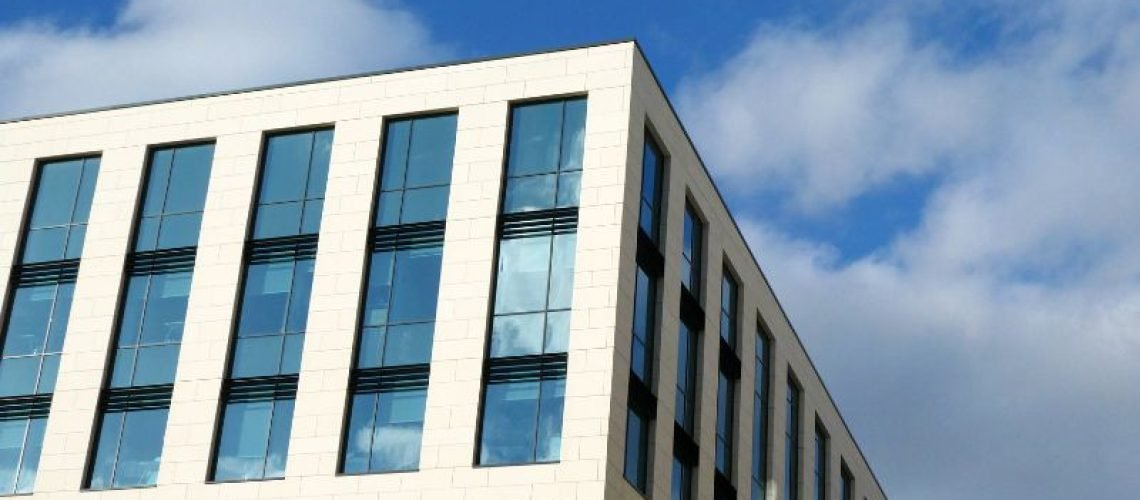For construction contractors, designers, and professionals in the building industry, understanding how to accurately calculate the cost of Glass Fiber-Reinforced Concrete (GRC) components is crucial. GRC components, also known as European-style GRC elements, GRC columns, GRC cornices, GRC decorative moldings, and more, are widely used in architectural projects. In this article, we will explore the key factors that influence the cost of GRC components and provide insights on how to calculate these costs effectively.
The Factors that Affect GRC Cost:
Raw Materials:
GRC, or Glass Fiber-Reinforced Concrete, is a composite material made up of cement, fine aggregates, water, alkali-resistant glass fibers, and additives. Since GRC components incorporate a variety of materials, the choice of these materials directly impacts the cost. Two primary materials that significantly affect the cost are cement and fiberglass.

Special Requirements (Color, Texture, Thickness, Size, Shape):
GRC components are customized to meet specific design and architectural requirements. Variations in thickness, size, surface treatments, colors, and unique shapes will affect the final price. Customizations often require additional materials and labor, thus influencing the cost.
Mold Fee:
Customization plays a significant role in GRC component production. Manufacturers may charge a mold fee for creating customized molds. In cases where the product design is highly unique or involves intricate details, multiple molds may be required, increasing the mold fee.

Transportation:
Determining whether the cost includes transportation is essential. Shipping GRC components to the construction site or dock can affect the overall price, especially for international projects. Transportation fees vary based on distance and destination.
Installation:
Clarifying whether the cost includes installation services is vital. While some suppliers provide products only, others offer comprehensive installation services. Understanding these terms upfront is essential to budgeting effectively.
Calculation:
When calculating the cost of GRC components, several considerations should be kept in mind:
Price Per Square Meter: GRC component pricing is typically calculated per square meter. This method takes into account the expanded area of the product.
Inclusions: When comparing prices, it’s crucial to consider what’s included in the cost. Does the price cover the main steel frame structure, secondary steel frame structure, third-party testing, and other essential elements? Understanding these inclusions ensures a comprehensive comparison.

Conclusion:
In the construction industry, GRC components are valued for their versatility, aesthetic appeal, environmental sustainability, resistance to deformation, exceptional durability, short construction periods, and ease of replacement. These components have become integral to architectural designs, offering endless possibilities for creative and functional applications.
At Dezi Construction, we bring over 20 years of industry experience to the table. If you have a GRC project in mind, whether it involves GRC columns, decorative moldings, cornices, or any other customized GRC elements, please feel free to contact us for a quote. Our team of experts is dedicated to delivering high-quality GRC solutions tailored to your unique requirements. We look forward to collaborating with you on your next architectural project.

